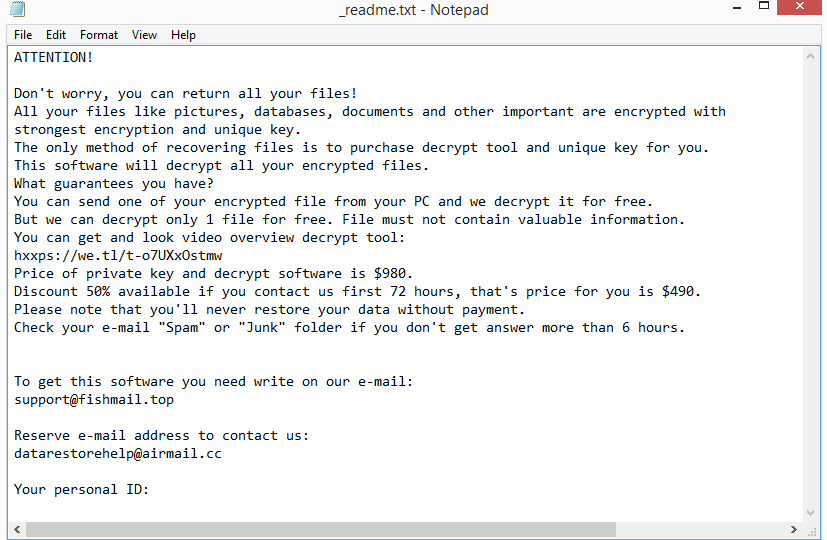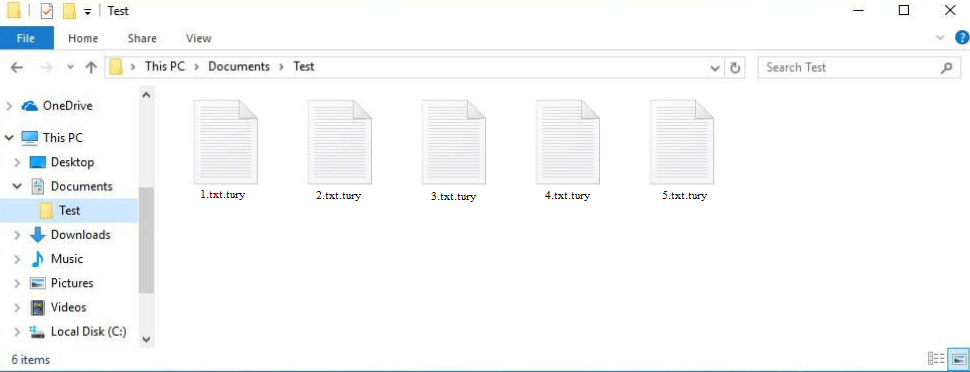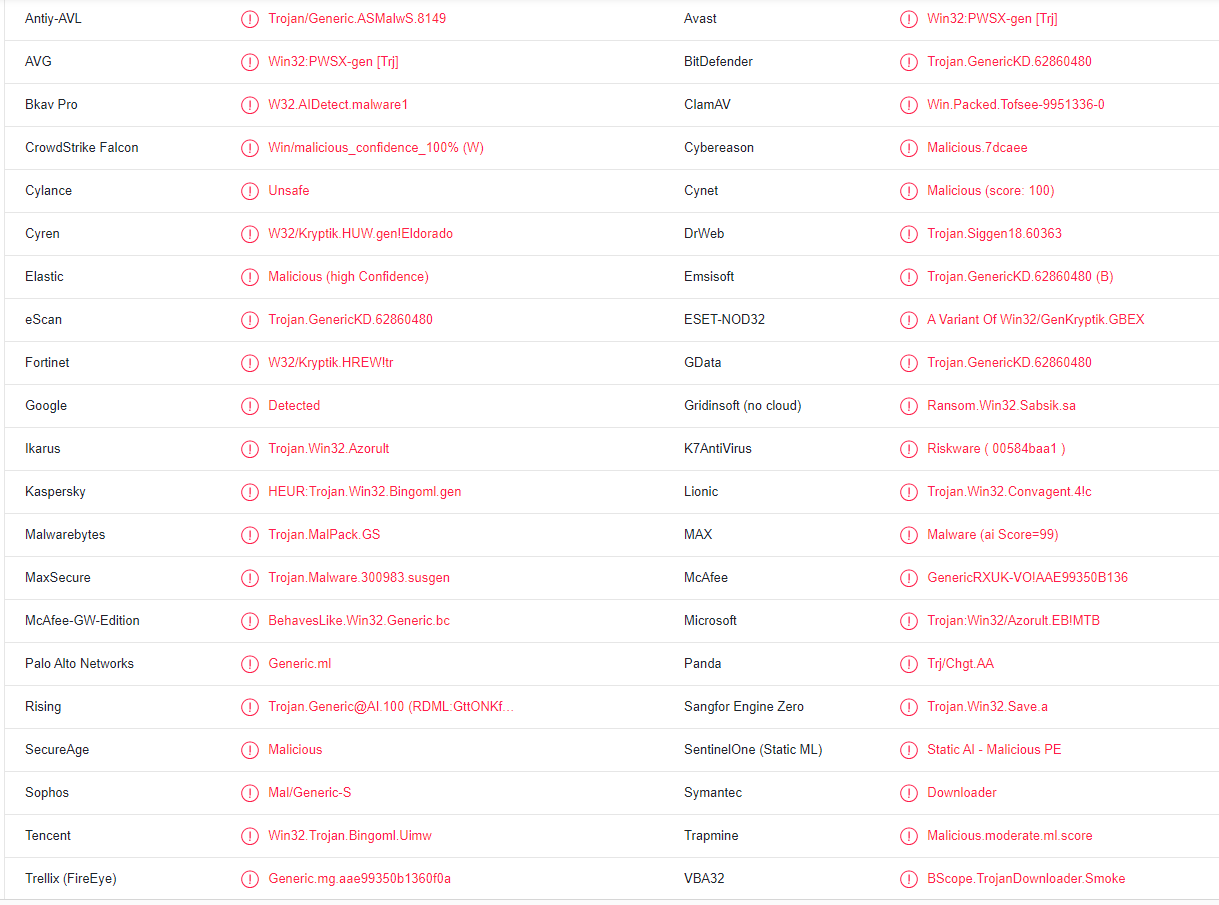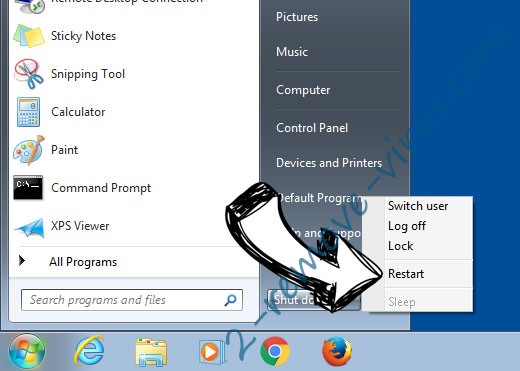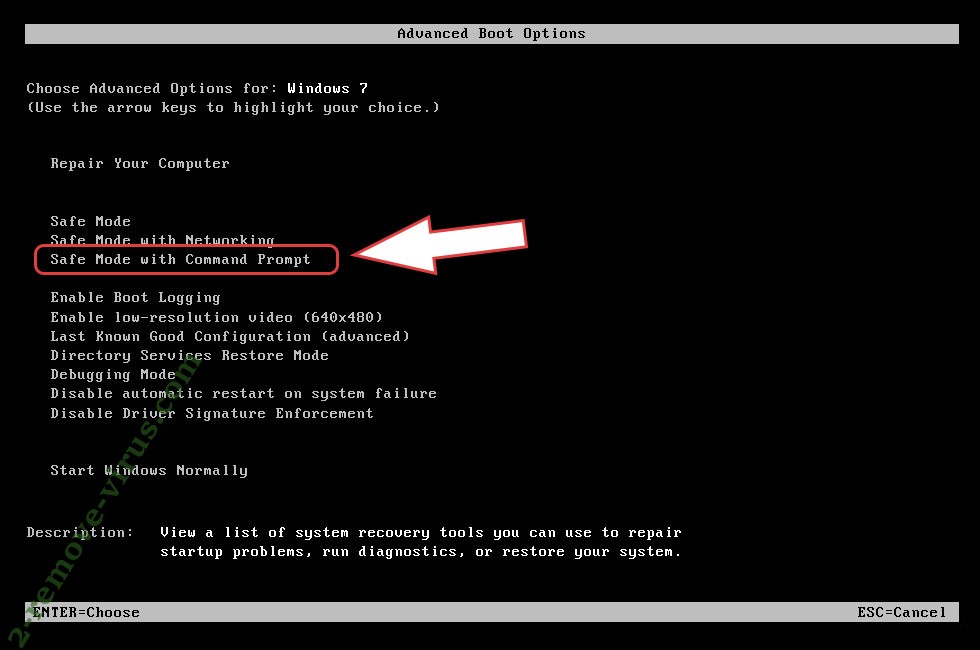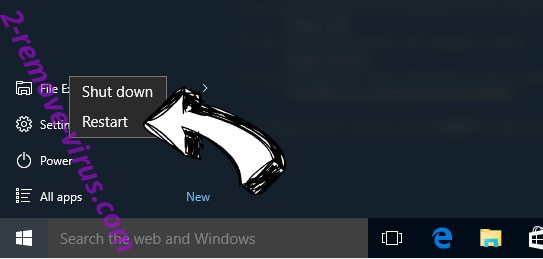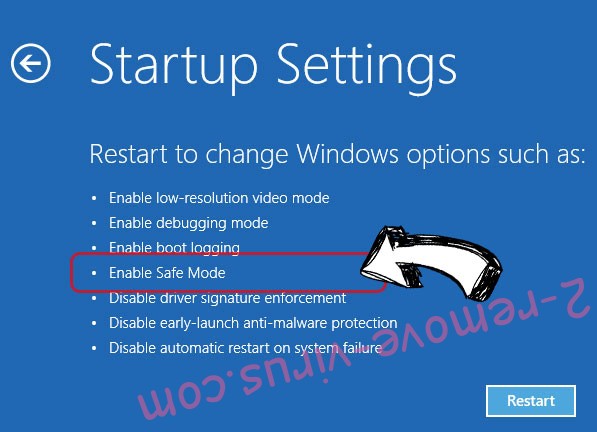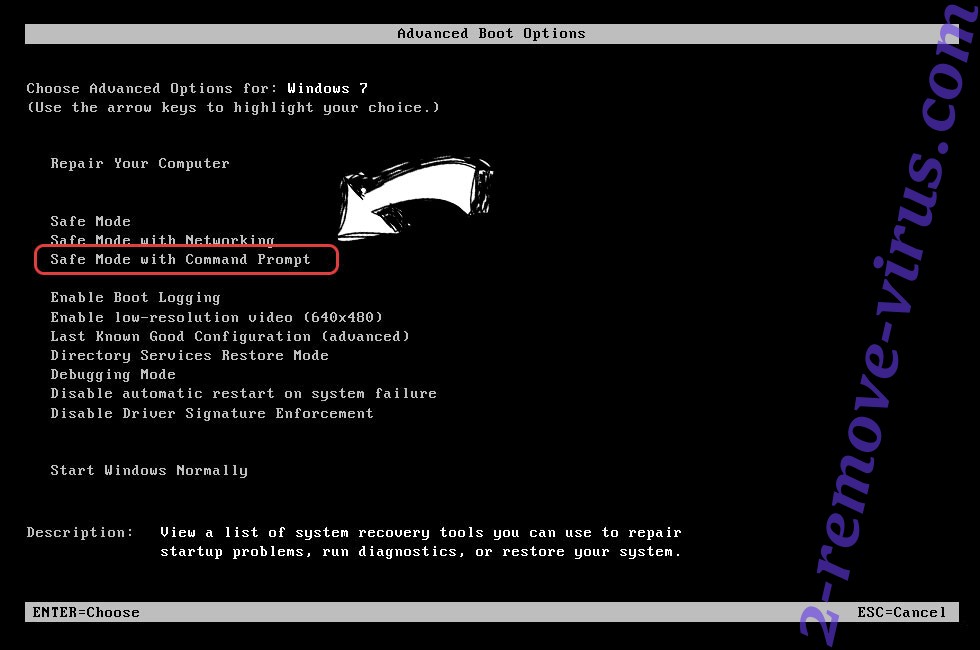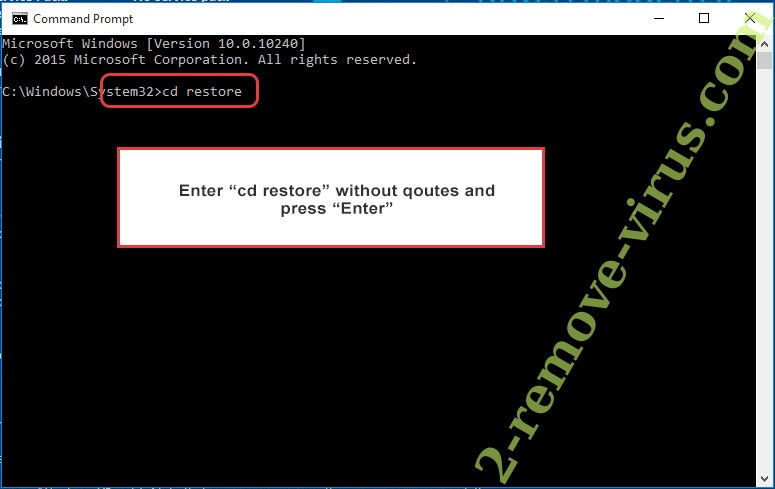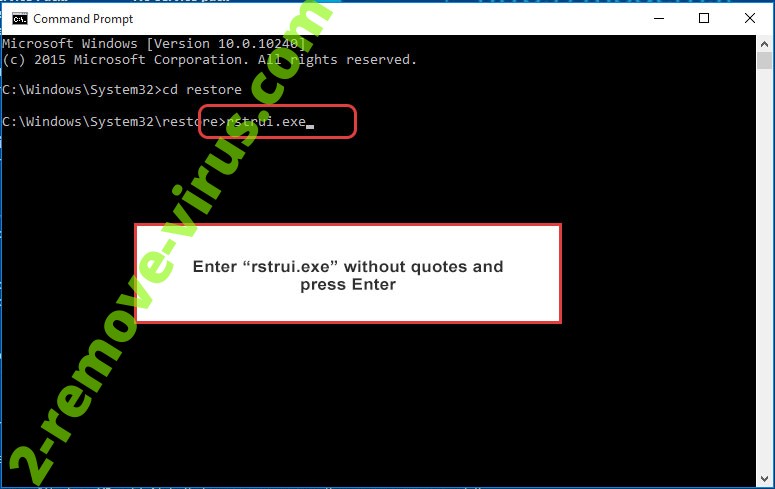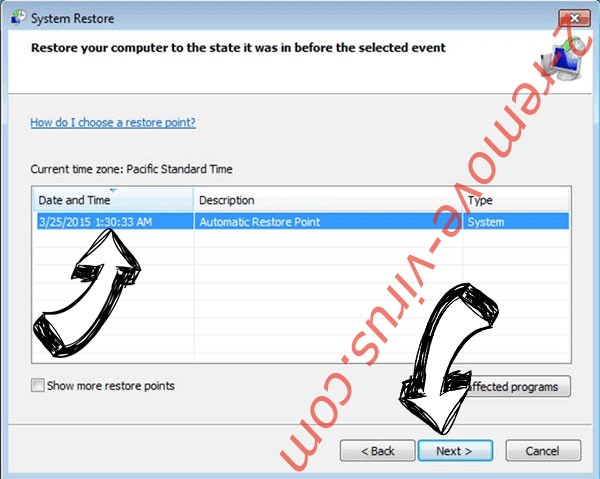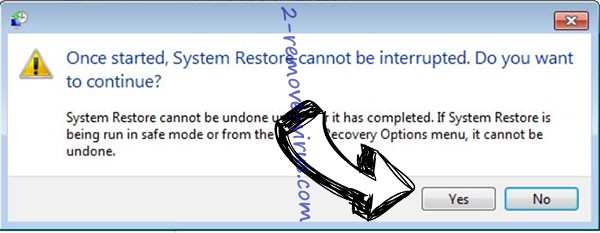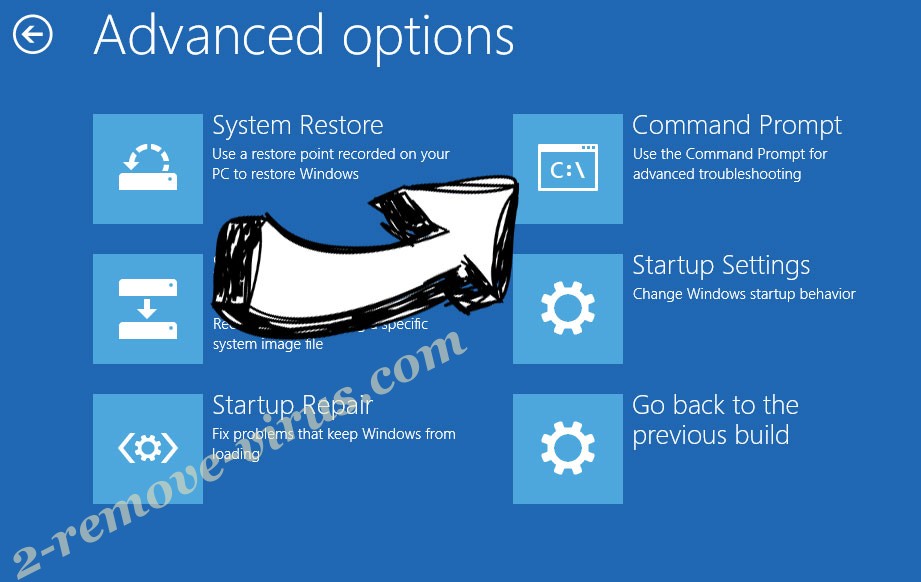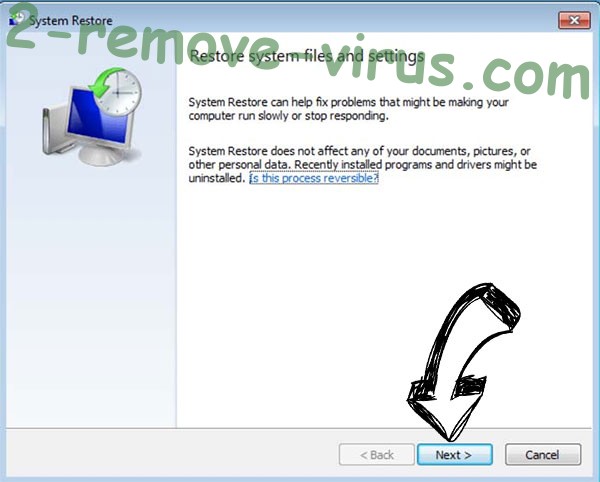Tury ransomware is a file-encrypting malware, a more recent version of the Djvu/STOP ransomware. Files that have been encrypted by the Tury ransomware will have .tury added to them. You will not be able to open files that have this extension unless you first use a decryptor on them. But getting the decryptor will not be easy because only cybercriminals have it. They will offer the decryptor for $980 but paying comes with its own risks.
The malware will start encrypting files as soon as it is initiated. The primary targets are personal files like pictures, videos, and documents. Which files have been encrypted will be very obvious because they will have a .tury extension. You won’t be able to open files with this extension unless you first use a decryptor on them. The decryptor, which is solely in the possession of malware operators, won’t be simple to get. You can find instructions for how to get it in the _readme.txt ransom note that gets dropped in all folders that have encrypted files.
The ransom note explains that the Tury ransomware decryptor costs $980. You should be very skeptical of claims that a 50% discount will be given to all victims who make contact within the first 72 hours. Engaging with cybercriminals or paying the required ransom are not recommended. There is no guarantee that you will get a decryptor even if you pay the ransom considering you’re dealing with cyber criminals. Even if victims pay, malware operators are unlikely to feel any need to assist victims. Additionally, bear in mind that the money collected from victims will be used to finance future criminal activities. The fact that victims are prepared to pay the demanded ransom is one of the factors contributing to ransomware’s success.
Unfortunately, victims without backups won’t be able to recover files because no free Tury ransomware decryptor is currently available. Ransomware versions from the Djvu/STOP malware family use online keys to encrypt files, which means the keys are unique to each user. Unless users’ encryption keys are released, a free Tury ransomware decryptor is not very likely. But it’s not impossible that these keys will eventually be released if cyber criminals decide to end their malicious activities.
But you should be very cautious when searching for a Tury ransomware decryptor because there are many fake ones. Downloading the wrong one could result in more malware. NoMoreRansom is a good place to find decryptors.
If you have a backup of your data, you can start recovering files as soon as you remove Tury ransomware from your computer. You shouldn’t try to manually remove Tury ransomware unless you know exactly what to do. It’s much safer to use an anti-virus program because it takes care of everything for you.
Ransomware distribution methods
Users who engage in risky online behavior are more likely to infect their computers with malware than those who have good online habits. For instance, if you open random email attachments, click on unknown links, use torrents to download copyrighted content, etc., you will encounter malware eventually. If you do have risky online habits, it’s worth developing better ones.
Email attachments are a common method of malware distribution used by cybercriminals. They purchase thousands of email addresses from hacker forums for their malicious email campaigns, and they add infected files to emails. When users open those infected attachments, malware is initiated. Typically, cybercriminals put very little effort into these emails so they’re pretty easy to recognize. The most obvious red flag is grammar and spelling mistakes in emails that are supposedly sent by legitimate companies. The mistakes are quite obvious since malicious senders usually pretend to be legitimate business representatives. Because mistakes make emails appear unprofessional, legitimate emails rarely have them.
Another sign that an email may be malicious is the use of generic terms like “User”, “Member”, and “Customer” instead of your name in emails supposedly sent by companies whose services you use. When addressing recipients in emails to customers, businesses always use names. But since malicious actors frequently don’t have access to personal information, they use generic words to address users.
The emails may look more sophisticated if threat actors have access to a victim’s personal information and choose to target them specifically. These kinds of emails would use names to address recipients, have no mistakes, and include information that would give the email credibility. Therefore, before opening any unsolicited email attachments, it is strongly advised to scan them with anti-virus software or VirusTotal.
Torrents are often used to distribute malware. Torrent websites are usually poorly moderated, making it possible for malicious actors to post torrents that contain malware. Using torrents to access copyrighted content for free greatly increases your chances of encountering malware. Malware is most commonly found in entertainment-related torrents. In particular, in torrents for movies, TV shows, and video games. It is not only risky for your computer and data, but it is also technically illegal to download copyrighted content through torrents.
Tury ransomware removal
Because ransomware is a very sophisticated threat, it’s not a good idea to try to remove Tury ransomware manually. Unless you know exactly what you’re doing, you could end up causing additional damage to your computer. It’s a complicated process and should be left to professionals. It’s much safer to use anti-virus software to delete Tury ransomware. Once the ransomware has been fully removed from the computer, you can access your backup to start recovering files.
If you do not have files saved in a backup, your only option is to wait for a free Tury ransomware decryptor to be released. When that will happen is not certain but it’s still worth backing up your encrypted files and waiting for a decryptor to be released. If it ever does get posted, it would appear on NoMoreRansom.
Tury ransomware is detected as:
- Win32:PWSX-gen [Trj] by AVG/Avast
- HEUR:Trojan.Win32.Bingoml.gen by Kaspersky
- Trojan.MalPack.GS by Malwarebytes
- Trojan.GenericKD.62860480 by BitDefender
- Trojan.GenericKD.62860480 (B) by Emsisoft
- A Variant Of Win32/GenKryptik.GBEX by ESET
- Trojan:Win32/Azorult.EB!MTB by Microsoft
- GenericRXUK-VO!AAE99350B136 by McAfee
Quick Menu
Step 1. Delete Tury ransomware using Safe Mode with Networking.
Remove Tury ransomware from Windows 7/Windows Vista/Windows XP
- Click on Start and select Shutdown.
- Choose Restart and click OK.

- Start tapping F8 when your PC starts loading.
- Under Advanced Boot Options, choose Safe Mode with Networking.

- Open your browser and download the anti-malware utility.
- Use the utility to remove Tury ransomware
Remove Tury ransomware from Windows 8/Windows 10
- On the Windows login screen, press the Power button.
- Tap and hold Shift and select Restart.

- Go to Troubleshoot → Advanced options → Start Settings.
- Choose Enable Safe Mode or Safe Mode with Networking under Startup Settings.

- Click Restart.
- Open your web browser and download the malware remover.
- Use the software to delete Tury ransomware
Step 2. Restore Your Files using System Restore
Delete Tury ransomware from Windows 7/Windows Vista/Windows XP
- Click Start and choose Shutdown.
- Select Restart and OK

- When your PC starts loading, press F8 repeatedly to open Advanced Boot Options
- Choose Command Prompt from the list.

- Type in cd restore and tap Enter.

- Type in rstrui.exe and press Enter.

- Click Next in the new window and select the restore point prior to the infection.

- Click Next again and click Yes to begin the system restore.

Delete Tury ransomware from Windows 8/Windows 10
- Click the Power button on the Windows login screen.
- Press and hold Shift and click Restart.

- Choose Troubleshoot and go to Advanced options.
- Select Command Prompt and click Restart.

- In Command Prompt, input cd restore and tap Enter.

- Type in rstrui.exe and tap Enter again.

- Click Next in the new System Restore window.

- Choose the restore point prior to the infection.

- Click Next and then click Yes to restore your system.

Offers
Download Removal Toolto scan for Tury ransomwareUse our recommended removal tool to scan for Tury ransomware. Trial version of provides detection of computer threats like Tury ransomware and assists in its removal for FREE. You can delete detected registry entries, files and processes yourself or purchase a full version.
More information about SpyWarrior and Uninstall Instructions. Please review SpyWarrior EULA and Privacy Policy. SpyWarrior scanner is free. If it detects a malware, purchase its full version to remove it.

WiperSoft Review Details WiperSoft (www.wipersoft.com) is a security tool that provides real-time security from potential threats. Nowadays, many users tend to download free software from the Intern ...
Download|more


Is MacKeeper a virus? MacKeeper is not a virus, nor is it a scam. While there are various opinions about the program on the Internet, a lot of the people who so notoriously hate the program have neve ...
Download|more


While the creators of MalwareBytes anti-malware have not been in this business for long time, they make up for it with their enthusiastic approach. Statistic from such websites like CNET shows that th ...
Download|more
Site Disclaimer
2-remove-virus.com is not sponsored, owned, affiliated, or linked to malware developers or distributors that are referenced in this article. The article does not promote or endorse any type of malware. We aim at providing useful information that will help computer users to detect and eliminate the unwanted malicious programs from their computers. This can be done manually by following the instructions presented in the article or automatically by implementing the suggested anti-malware tools.
The article is only meant to be used for educational purposes. If you follow the instructions given in the article, you agree to be contracted by the disclaimer. We do not guarantee that the artcile will present you with a solution that removes the malign threats completely. Malware changes constantly, which is why, in some cases, it may be difficult to clean the computer fully by using only the manual removal instructions.
